I have been thinking a lot about wordless books for a while now, in fact for a year, after the 2014 Caldecott winners were announced:
Why? Because apart from the three honors books are all wordless or quasi-wordless (in the case of Mr Wuffles!). How fascinating, and unheard of, here particularly. No wordless book has ever won the Greenaway Medal, though I can think of at least one that was shortlisted., Quentin Blake’s Clown.
I love wordless books but I can also see why wordless books scare a lot of parents – here you are not just filling the gap of the narrative. You ARE the narrative. But I fear also that some parents might disregard them specifically because of their lack of text, because they are not worthy enough, because visual literacy is not, or at least less, important. Without text “getting in the way” of the pictures, children are given a free rein to really look at those illustrations, to find the clues needed to work what the story is, how the characters are feeling, what the book of the message might be.
In the next few months I will be focusing on wordless books with several blog posts, beginning later this week with a guest post by Aaron Becker, Caldecott Honor recipient for Journey.
In the meantime, here are some blog posts and articles you might want to read at if you are interested in wordless books yourself:
*Jim Trelease on wordless picture books on Pre K-pages
*Anna Ridley (development editor for children’s books at Tate Publishing) on Books Without Words on Illustrators Illustrated
*CLPE (Centre for Literacy in Primary Education) list of wordless picture books
* WordlesssPicture books , a site full of resources on visual literacy and wordless books.
* How Wordless Picture Books Empower Children on the SLJ blog.

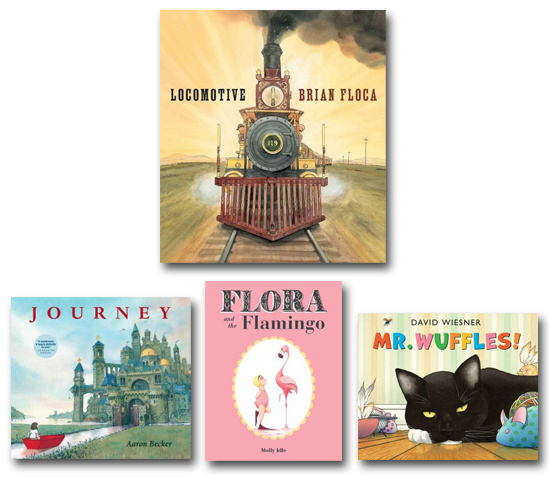
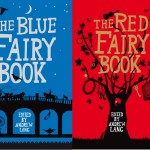

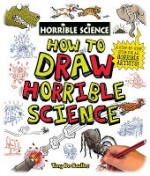
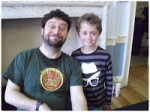
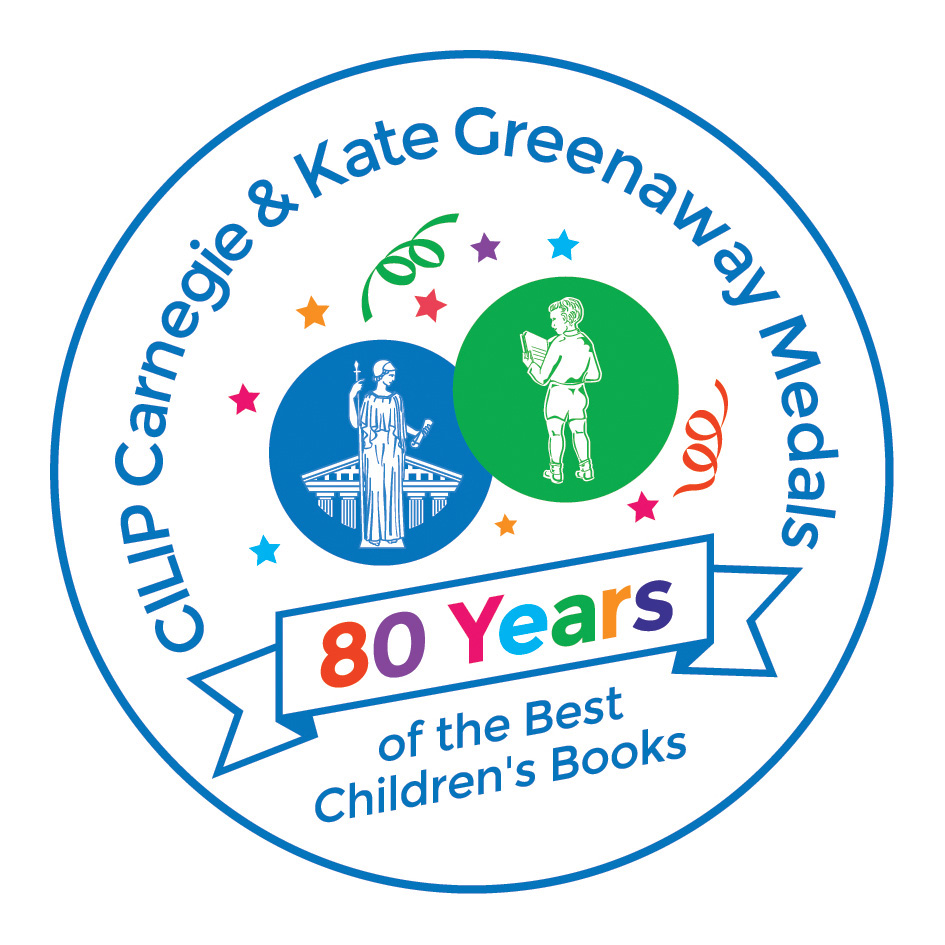
Thanks for your upcoming series on wordless picture books. The books of David Wiesner (specifically Tuesday and Flotsom) pulled me in to this sub genre of PB’s. Wiesner’s books inspired me to try my own wordless PB, Pandamorphosis. I look forward to reading all the posts on this topic, not to mention reading some of these other wordless books.
Great Q&A with Aaron, looking forward to more posts! I’ve launched a wordless picture book app called Imagistory which may interest you, if you would like to talk further feel free to get in touch. I’d be happy to send you a promo code too 🙂